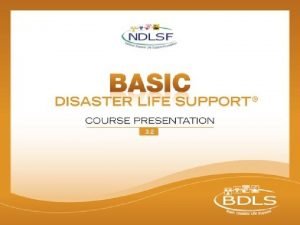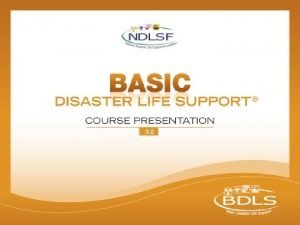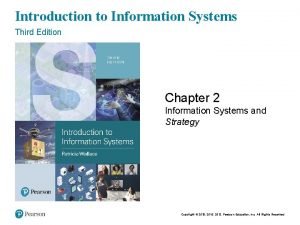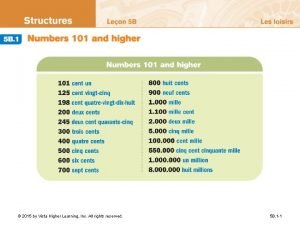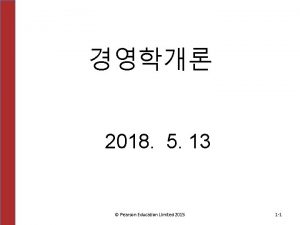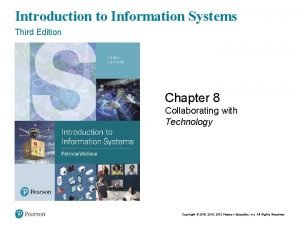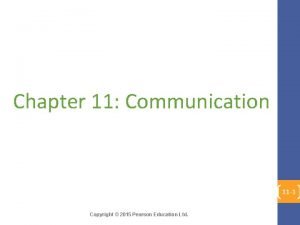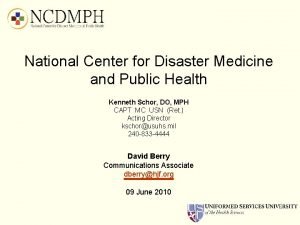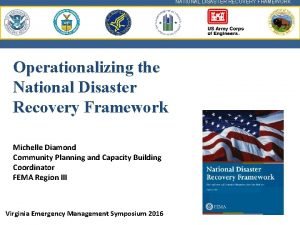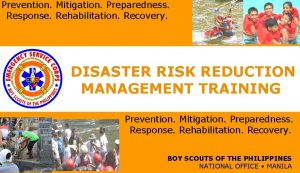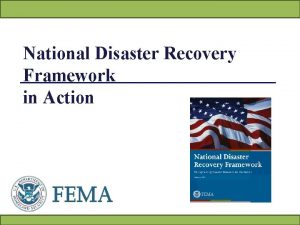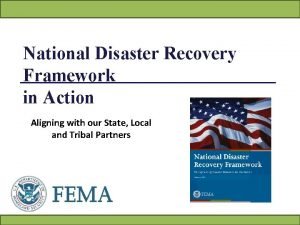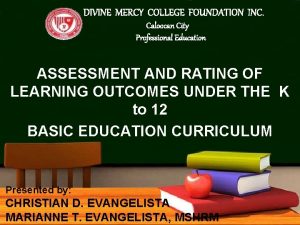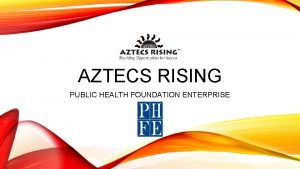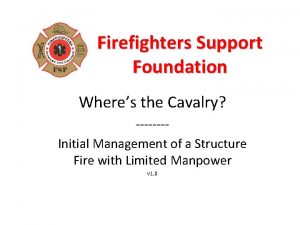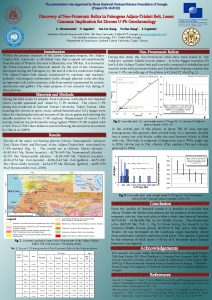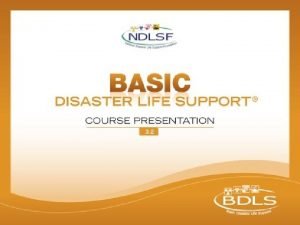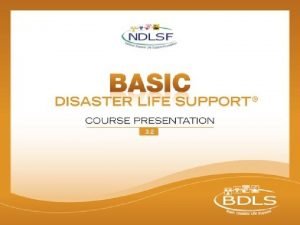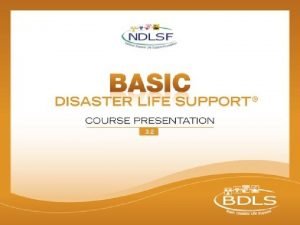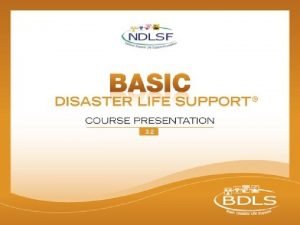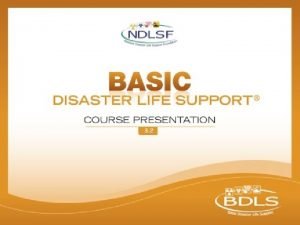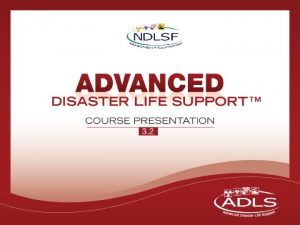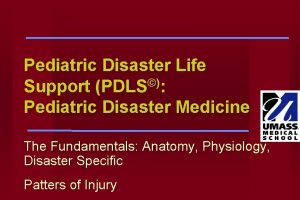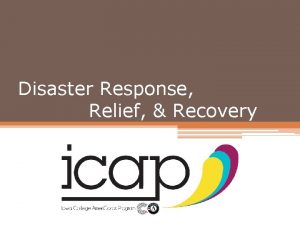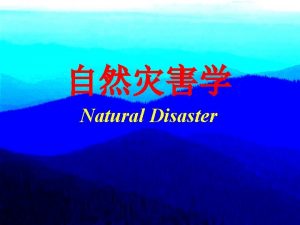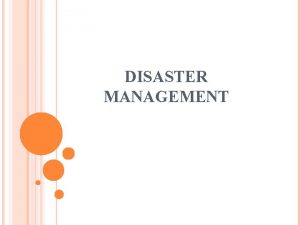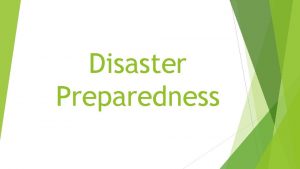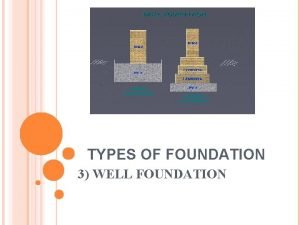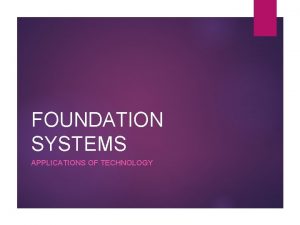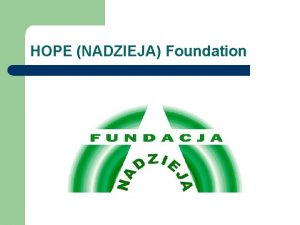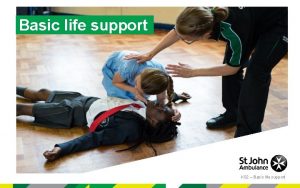2015 National Disaster Life Support Foundation Inc All
































- Slides: 32

© 2015 National Disaster Life Support Foundation, Inc. All rights reserved. BDLS® v. 3. 2

Session 3 – Lesson Five Mass Casualty and Fatality Management © 2015 National Disaster Life Support Foundation, Inc. All rights reserved. BDLS® v. 3. 2

Learning Objectives § Describe rationale, elements, and actions for performing mass casualty triage § Discuss an all-hazards, scalable casualty management approach under potentially hazardous, stressful, and resourceconstrained circumstances § Describe the concepts and principles of mass fatality management for health professionals in a disaster or public health emergency § Discuss the importance of professionalism and ethics in mass casualty care © 2015 National Disaster Life Support Foundation, Inc. All rights reserved. BDLS® v. 3. 2

BDLS® v. 3. 2 When disaster strikes… Save the most lives possible. © 2015 National Disaster Life Support Foundation, Inc. All rights reserved.

Background • The greatest good for each Day-to-day emergencies individual patient Large-scale disasters © 2015 National Disaster Life Support Foundation, Inc. All rights reserved. • The greatest good for the greatest number of potential survivors BDLS® v. 3. 2

General Principles of Mass Casualty Triage Treat first • The most seriously injured who have a reasonable possibility of survival Treat last • Those who have the least severe illnesses or injuries or are very unlikely to survive Separate • Those who require minimal or no treatment and get them to safety © 2015 National Disaster Life Support Foundation, Inc. All rights reserved. BDLS® v. 3. 2

General Principles of Mass Casualty Triage Mass casualty triage: • Systematic method • Organization of casualties • Occurs at the scene Mass casualty triage decision making encompasses: • Presence of a life-, limb-, or visionthreatening condition • Available lifesaving interventions • Availability of transportation assets © 2015 National Disaster Life Support Foundation, Inc. All rights reserved. BDLS® v. 3. 2

Mass Casualty Triage Systems § Care. Flight § CESIRA § Homebush § Jump. START § Military triage § Pediatric Triage Tape (PTT) § SALT Triage § Simple Triage and Rapid Treatment (START) § Triage SIEVE © 2015 National Disaster Life Support Foundation, Inc. All rights reserved. Win Henderson/FEMA BDLS® v. 3. 2

Mass Casualty Triage Systems § The US is moving toward national standardization in mass casualty triage § Federal Interagency Committee on EMS is implementing the Model Uniform Core Criteria (MUCC) as the national standard for Mass Casualty Triage § SALT triage meets the MUCC criteria § All agencies should use a MUCC compliant triage system which will be interoperable with SALT © 2015 National Disaster Life Support Foundation, Inc. All rights reserved. Win Henderson/FEMA BDLS® v. 3. 2

SALT Triage § SALT Triage designed based on the best scientific evidence S ort A ssess L ifesaving interventions T reatment/transport © 2015 National Disaster Life Support Foundation, Inc. All rights reserved. BDLS® v. 3. 2

SALT Walk Assess 3 rd Step 1 – Sort: Global Sorting Wave/Purposeful Movement Assess 2 nd Mass Casualty Triage Still/Obvious Life Threat Assess 1 st Step 2 – Assess: Individual Assessment LSI* – Control major hemorrhage – Open airway (if child, consider 2 rescue breaths) – Chest decompression – Autoinjector antidotes Breathing Yes No Dead *LSI: Lifesaving Interventions © 2015 National Disaster Life Support Foundation, Inc. All rights reserved. – Obeys commands or makes purposeful movement? – Has peripheral pulse? – Not in respiratory distress? – Major hemorrhage in control? No Yes Likely to survive given current resources All Yes Minor injuries only? Yes No Delayed Immediate No Expectant BDLS® v. 3. 2 Minimal

SALT Triage Step 1: Global Sorting Walk Assess 3 rd Step 1 – Sort: global sorting Wave/purposeful movement Assess 2 nd Still/obvious life threat Assess 1 st Rapidly identify most at-risk by sorting into groups! Limitations: Many… hearing, language, fear, injured family… © 2015 National Disaster Life Support Foundation, Inc. All rights reserved. BDLS® v. 3. 2

SALT Triage Step 2: Individual Assessment LSI* – Control major hemorrhage – Open airway (if child, consider 2 rescue breaths) – Chest decompression – Autoinjector antidotes – Obeys commands or makes All purposeful movement? Yes – Has peripheral pulse? Breathing? – Not in respiratory distress? – Major hemorrhage in control? No Dead Yes Minimal No No Likely to survive given current resources? Minor injuries only? Delayed Yes Immediate No *LSI = lifesaving interventions © 2015 National Disaster Life Support Foundation, Inc. All rights reserved. Expectant BDLS® v. 3. 2

Individual Assessment What can I do? Lifesaving interventions Control major hemorrhage Open airway Decompress chest Autoinjector antidotes © 2015 National Disaster Life Support Foundation, Inc. All rights reserved. BDLS® v. 3. 2

SALT Triage Step 2: Individual Assessment LSI* – Control major hemorrhage – Open airway (if child, consider 2 rescue breaths) – Chest decompression – Autoinjector antidotes – Obeys commands or makes All purposeful movement? Yes – Has peripheral pulse? Breathing? – Not in respiratory distress? – Major hemorrhage in control? No Dead Yes Minimal No No Likely to survive given current resources? Minor injuries only? Delayed Yes Immediate No *LSI = lifesaving interventions © 2015 National Disaster Life Support Foundation, Inc. All rights reserved. Expectant BDLS® v. 3. 2

Individual Assessment Triage Category Assignment Response to interventions Responds to commands? Peripheral pulse? Respiratory distress? Bleeding stopped? © 2015 National Disaster Life Support Foundation, Inc. All rights reserved. BDLS® v. 3. 2

Individual Assessment Triage Category Assignment Casualties overwhelm available resources I IMMEDIATE D DELAYED M MINIMAL E EXPECTANT DEAD Goal of disaster triage: Do the greatest good for the greatest number of potential survivors © 2015 National Disaster Life Support Foundation, Inc. All rights reserved. BDLS® v. 3. 2

IMMEDIATE Highest priority of casualties to receive care § Immediate, life-threatening conditions § Require immediate management in order to survive § Response to lifesaving interventions: – Any NO answer + resources are available © 2015 National Disaster Life Support Foundation, Inc. All rights reserved. BDLS® v. 3. 2

DELAYED Require prompt medical attention for survival § Condition can tolerate a short delay in treatment § Expected to survive despite that short delay § Response to lifesaving interventions: – All YES answers + does need access to additional or definitive health care © 2015 National Disaster Life Support Foundation, Inc. All rights reserved. BDLS® v. 3. 2

MINIMAL § Minor injuries or illnesses § Expected to survive even if medical treatment not received § Response to lifesaving interventions: – All YES answers + does NOT need access to additional or definitive health care © 2015 National Disaster Life Support Foundation, Inc. All rights reserved. BDLS® v. 3. 2

EXPECTANT Casualties with low probability of survival § Not expected to survive given available medical resources § Response to lifesaving interventions: – Any NO answer + resources are NOT available © 2015 National Disaster Life Support Foundation, Inc. All rights reserved. BDLS® v. 3. 2

DEAD Casualties with complete absence of life § Not breathing after basic airway-opening maneuvers, including two rescue breaths if a child § Attempt basic life-sustaining efforts only if sufficient personnel available § It is important to NOT move dead casualties, unless the remains are blocking access to live casualties © 2015 National Disaster Life Support Foundation, Inc. All rights reserved. BDLS® v. 3. 2

Triage Categories Immediate Requires immediate care for a good probability of survival Delayed Requires care that can be safely delayed without affecting probability of survival Minimal Sick or injured but expected to survive with or without care Expectant Alive, but with little or no chance of survival given current available resources Dead A fatality with no intrinsic respiratory drive © 2015 National Disaster Life Support Foundation, Inc. All rights reserved. BDLS® v. 3. 2

Triage Tags and Casualty Care Documentation § Communicate findings § Triage tag § Category assignment § Category change § Patient tracking © 2015 National Disaster Life Support Foundation, Inc. All rights reserved. BDLS® v. 3. 2

MASS CASUALTY TRIAGE Triage is both dynamic and continuous Immediate Delayed Expectant Minimal © 2015 National Disaster Life Support Foundation, Inc. All rights reserved. BDLS® v. 3. 2

MASS CASUALTY TRIAGE Triage is both dynamic and continuous Continuous: Primary triage § Secondary triage § Tertiary triage © 2015 National Disaster Life Support Foundation, Inc. All rights reserved. BDLS® v. 3. 2

Casualty Transport and Evacuation § Casualties must be prioritized for treatment as well as transport to definitive care. § Avoid overwhelming the closest hospitals: 1. Transport priority patients to local hospitals 2. Transport stable patients to more distant hospitals or treatment facilities stood-up for the incident 3. Treat minor injuries and release from scene © 2015 National Disaster Life Support Foundation, Inc. All rights reserved. BDLS® v. 3. 2

Casualty Reporting, Identification, and Tracking § Efforts to identify and track casualties should begin at the scene § Tracking officer must ensure everyone accounted for § Systems can range from electronic system, to triage tag, to simply recording information on a piece of tape § Allow for more information to be added to system as it becomes available © 2015 National Disaster Life Support Foundation, Inc. All rights reserved. BDLS® v. 3. 2

Mass Fatality Management Generally performed by specialized teams (DMORT) § Identifying and examining remains § Moving deceased to the morgue(s) § Maintaining custody of bodies until released § Determining and reporting cause of death § Returning personal items to family members § Making final disposition decisions for bodies § Issuing death certificates © 2015 National Disaster Life Support Foundation, Inc. All rights reserved. BDLS® v. 3. 2

Professionalism and Ethics in Mass Casualty Care Adherence to established health practices Clinical decision making © 2015 National Disaster Life Support Foundation, Inc. All rights reserved. Professionalism Challenging ethical dilemmas Difficult decision making BDLS® v. 3. 2

Lesson Summary § Mass casualty event occurs when number of victims overwhelms resources § Change perspective to greatest good for greatest number § Initial goal of mass casualty triage to sort and assess casualties to identify those with life-threatening injuries and initiate lifesaving treatment and then evacuate all casualties § Mass fatalities will often complicate mass casualty events and may require specialized resources and handling © 2015 National Disaster Life Support Foundation, Inc. All rights reserved. BDLS® v. 3. 2

Questions? © 2015 National Disaster Life Support Foundation, Inc. All rights reserved. BDLS® v. 3. 2
 National disaster life support foundation
National disaster life support foundation National disaster life support foundation
National disaster life support foundation Pearson education, inc.
Pearson education, inc. 2015 vista higher learning inc
2015 vista higher learning inc 2015 pearson education inc
2015 pearson education inc 2015 pearson education inc
2015 pearson education inc 2015 pearson education inc
2015 pearson education inc 2015 pearson education inc
2015 pearson education inc 2015 pearson education inc
2015 pearson education inc Pearson education ltd 2015
Pearson education ltd 2015 2015 pearson education inc
2015 pearson education inc 2015 pearson education inc
2015 pearson education inc 2015 pearson education inc
2015 pearson education inc Name three lines
Name three lines Raft foundation vs pad foundation
Raft foundation vs pad foundation Composition of urine slideshare
Composition of urine slideshare National center for disaster medicine and public health
National center for disaster medicine and public health National disaster recovery framework 2016
National disaster recovery framework 2016 National disaster risk reduction and management framework
National disaster risk reduction and management framework National disaster recovery framework
National disaster recovery framework National disaster recovery framework
National disaster recovery framework Divine mercy caloocan
Divine mercy caloocan Public health foundation enterprises
Public health foundation enterprises Cushing's support and research foundation
Cushing's support and research foundation Firefighters support foundation
Firefighters support foundation Firefighter support foundation
Firefighter support foundation Creative europe
Creative europe Copyright 2015 all rights reserved
Copyright 2015 all rights reserved Copyright 2015 all rights reserved
Copyright 2015 all rights reserved Education for all 2000-2015: achievements and challenges
Education for all 2000-2015: achievements and challenges Example of signal words
Example of signal words Shota rustaveli national science foundation
Shota rustaveli national science foundation National education foundation nef
National education foundation nef
